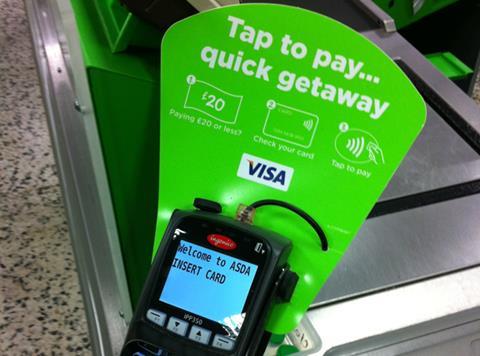
Sir, Applying learnings from psychology is an effective way of boosting profitability.
But when it comes to painless payments, it’s not just what happens before the checkout that’s important. Our research has found that contactless cards, which are becoming an increasingly popular means of payment, have a significant subconscious influence on perceptions of how good value a store is. Our team asked 47 people leaving a supermarket in Central London two simple questions: how much had they spent and what means of payment had they used? We then compared shoppers’ spend estimates with receipts.
The findings were striking. People using cash typically overestimated their spend by 9%, whereas those with contactless cards under-estimated their spend by 5%. Credit card estimates were spot on. So what’s the explanation? It seems that since the pain of paying on contactless cards is reduced, the shopping feels cheaper.
The variation in spend estimates is an important one: on a typical supermarket shop of £25 the 14% difference between recollections of spend on a contactless card and cash amounts to £3.50. Contactless cards could be the difference between remembering a shopping trip as an expensive or a good value one.
Retailers should therefore ensure they speed up the roll-out of contactless terminals, not just as a way of shortening queues, but also improving customers’ value perceptions.
Richard Shotton, head of insight at ZenithOptimedia







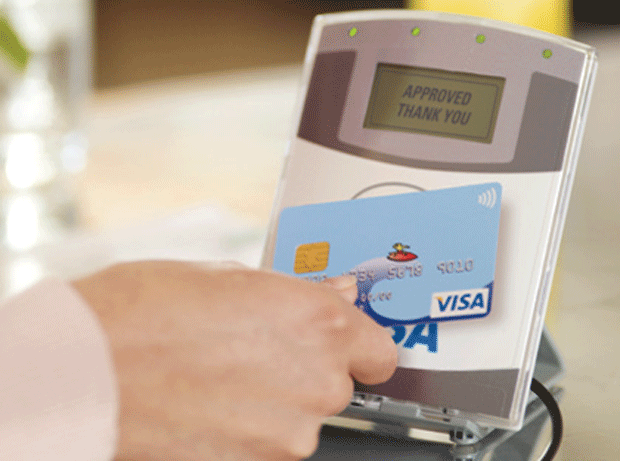


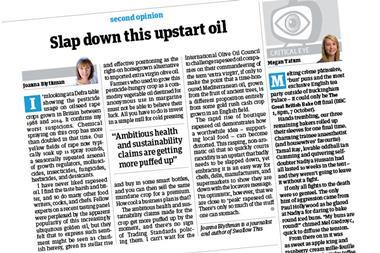

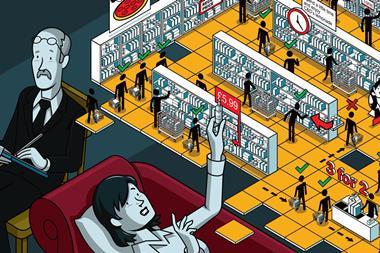

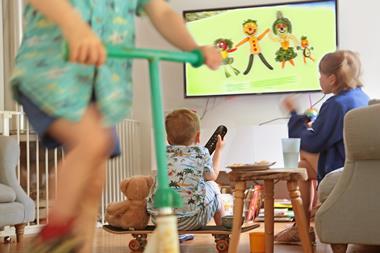




No comments yet